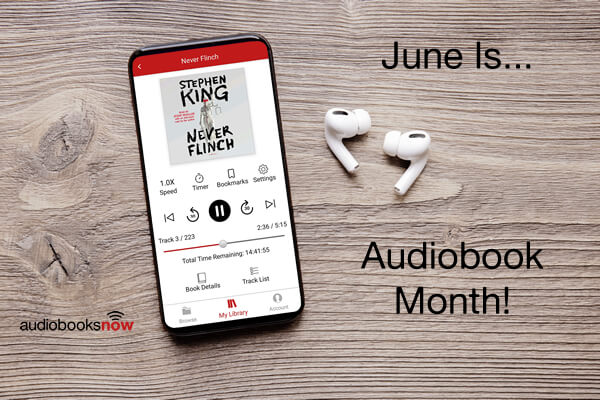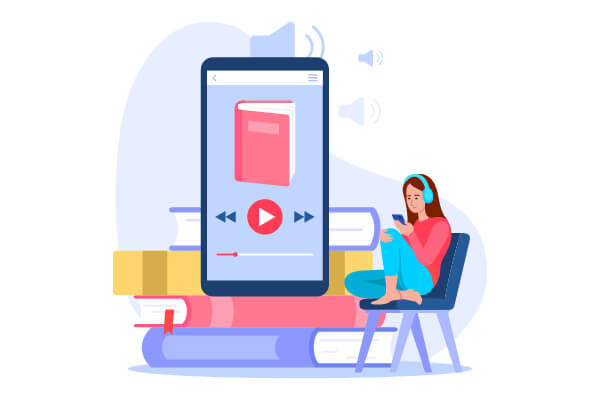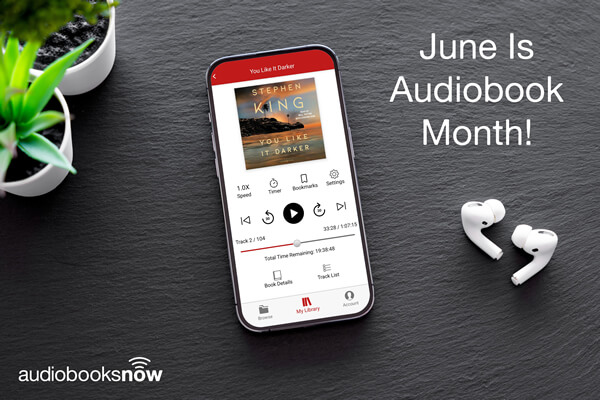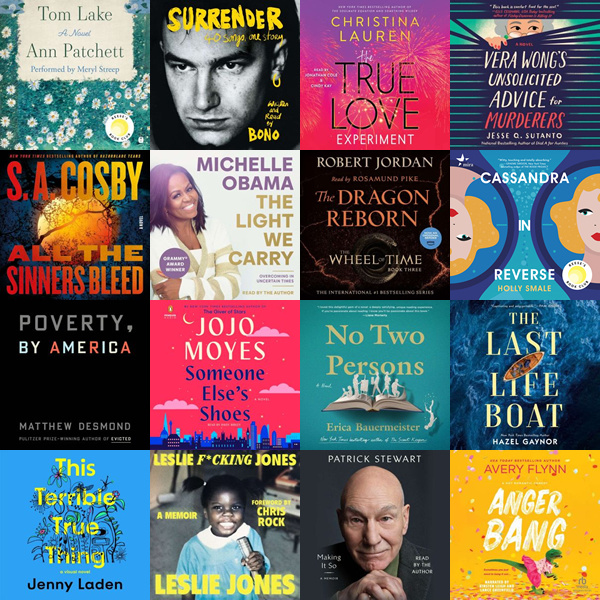
In today’s fast-moving digital landscape, audiobooks have become an essential part of how readers consume stories and information. For authors, getting their audiobooks into the hands (and ears) of listeners is more important than ever. Whether you’re hosting a book tour, speaking at a conference, or launching a promotional campaign, bulk distribution of your audiobook can be a game-changer.
That’s where AudiobooksNow comes in.
Why Bulk Audiobook Distribution Matters
Authors often think of audiobook distribution as a one-at-a-time retail process. But what if you could provide dozens, hundreds, or even thousands of copies to fans, clients, or event attendees—all at once?
Bulk audiobook distribution allows you to:
- Provide access to listeners at corporate events or book clubs
- Offer audiobooks as lead magnets for email list building
- Give away promotional copies to reviewers, influencers, or educators
- Reward loyal fans with exclusive access during launches
How AudiobooksNow Supports Bulk Distribution
AudiobooksNow makes it easy for authors and publishers to purchase and distribute their audiobooks in bulk through custom download codes and direct access links.
Here’s how it works:
1. Customized Bulk Orders
Authors can work directly with AudiobooksNow to order bulk copies of their audiobooks. Whether you need 10 or 10,000, we tailor the order to fit your goals and budget.
2. Unique Download Codes
Each audiobook can be distributed using unique redemption codes. These codes can be printed on bookmarks, postcards, or emailed to recipients—perfect for giveaways and marketing campaigns.
3. Easy Access for Listeners
Listeners simply enter the code on AudiobooksNow.com or in the AudiobooksNow app to instantly access and download the audiobook—no subscription required.
4. Flexible Pricing & Author-Friendly Support
We understand authors’ needs. That’s why we offer:
- Competitive pricing for bulk purchases
- Personal support through every step of the process
- Reporting and tracking to monitor redemptions
Real-World Use Cases
Here are a few ways authors are already using AudiobooksNow for bulk audiobook sharing:
- Book Subscription Boxes: Include a download code in a themed box
- Speaking Engagements: Offer your audiobook as a digital handout
- Launch Teams & Influencers: Easily distribute pre-release versions
- Corporate Partnerships: Share business audiobooks with clients or employees
Ready to Get Started?
If you’re an author looking to amplify your reach and give your audiobook the exposure it deserves, AudiobooksNow’s bulk distribution tools can help. Whether you’re self-published or part of a publishing team, we’re here to support your promotional and outreach goals.
Contact us today to learn more about how we can help you deliver your audiobook—on your terms, in your voice, to the audiences that matter most.









